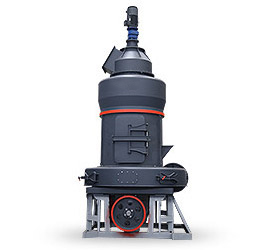A 200 TPH alluvial gold mine washing plant is designed to process 200 tons per hour of raw material, typically consisting of loose gravel, sand, and clay containing gold particles. Such plants are commonly used in placer mining operations where gold is recovered from alluvial deposits (riverbeds, floodplains, or ancient river channels).
 Key Components of a 200 TPH Alluvial Gold Washing Plant:
Key Components of a 200 TPH Alluvial Gold Washing Plant:
1. Feeding System
– Hopper & Grizzly Feeder: Ensures controlled material feed and removes oversized rocks.
– Vibrating Feeder: Regulates the flow of material to the scrubber.
2. Scrubbing & Washing Unit
– Rotary Scrubber/Trommel: Breaks down clay and washes away fine materials while classifying ore by size.
– High-Pressure Water Jets: Assist in disaggregating sticky clays.
3. Screening & Classification
– Trommel Screen/Vibrating Screen: Separates material into different size fractions (e.g., +10mm, -10mm).
– Deck Screens: May include multiple layers for better classification.
4. Gravity Separation (Gold Recovery)
– Jig Machines (e.g., JT Series Jig): Efficient for coarse gold recovery.
– Centrifugal Concentrators (e.g., Knelson/Falcon): Captures fine gold particles.
– Shaking Tables/Sluice Boxes: Used as final cleanup or secondary recovery.
5. Tailings Management & Water Recycling
– Slurry Pump & Hydrocyclones: For water recycling and tailings dewatering.
– Settling Ponds/Filter Presses: Minimize water waste and environmental impact.
6. (Optional) Additional Equipment
– Magnetic separators (for removing black sands).
– Mercury-free gold extraction methods (if needed).
 Typical Process Flow:
Typical Process Flow:
1. Raw material is fed into a hopper with a grizzly to remove large rocks.
2. A trommel scrubber washes and classifies the ore into different sizes.
3. Oversized waste is discarded, while undersized slurry passes to gravity concentrators.
4. Gold-bearing concentrate undergoes further refining via shaking tables or smelting.
5. Tailings are processed for water recovery before disposal.
Power & Water Requirements:
–





Leave a Reply